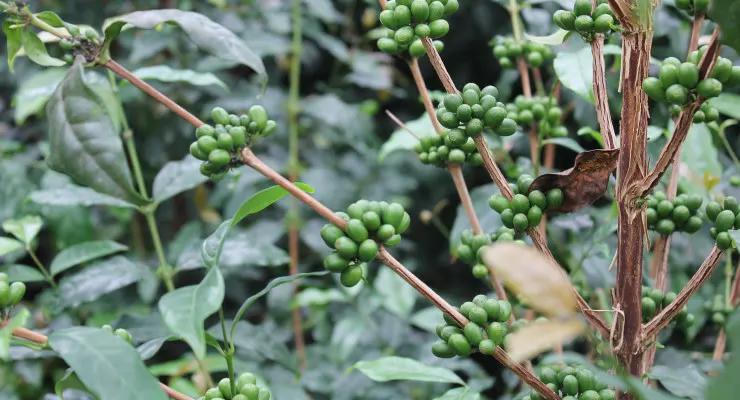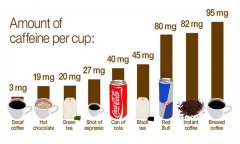Can coffee be decaffeinated? Is decaffeinated coffee really decaf?

Professional coffee knowledge exchange more coffee bean information please follow the coffee workshop (Wechat official account cafe_style)
What you should know about food.
In addition to choosing beans with low caffeine content, such as Arabica beans, current food processing technologies can significantly reduce the caffeine content of coffee in three main ways: solvent washing, Swiss water washing and supercritical extraction.
Coffee is currently one of the most popular drinks, drinking in a variety of ways, latte, American, espresso and so on. The most well-known ingredient in coffee is caffeine (caffeine). Caffeine is an alkaloid that competes with adenosine for its receptor in the brain, thus preventing us from activating the sleep mechanism and giving coffee a "refreshing" effect.
Because of their genes, some people are particularly sensitive to caffeine. As long as they consume a certain amount of caffeine, they will have side effects such as insomnia, headaches and elevated blood pressure. So these people are not sensitive to caffeine-related products. But can coffee not have caffeine?
In addition to choosing beans with low caffeine content, such as Arabica beans, current food processing technologies have been able to significantly reduce the caffeine content of coffee in three main ways:
1. Solvent washing: caffeine can be dissolved and removed by using organic solvents, such as ethyl acetate, washed coffee beans or coffee powder.
2. Swiss washing method: soak the coffee beans in warm water, caffeine will gradually dissolve into the water, and then use activated carbon to absorb caffeine to remove caffeine.
3. Supercritical extraction: in high pressure and low temperature environment, carbon dioxide will form liquid, and then liquid carbon dioxide will wash coffee beans, caffeine can be dissolved and removed.
However, solvents, water and carbon dioxide are not caffeine specific, so other nutrients and aroma substances will be lost during washing, and these caffeine removal methods can not completely remove caffeine, so the products on the market are called "decaffeinated coffee", and the label claims to be low caffeine coffee with a concentration of less than 20 ppm, which translates to about 4 milligrams of American coffee. Far lower than regular coffee, it is another choice for caffeine-sensitive people.
END
Important Notice :
前街咖啡 FrontStreet Coffee has moved to new addredd:
FrontStreet Coffee Address: 315,Donghua East Road,GuangZhou
Tel:020 38364473
- Prev

Know the New Coffee Variety: strange and delicious "Eugenioides"
Professional coffee knowledge exchange more coffee bean information Please pay attention to the coffee workshop (Wechat official account cafe_style) Coffee varieties are often heard of Arabica, Robusta, Liberia, but subdivided into thousands of varieties. Every once in a while, new varieties are discovered (if it's good, of course). This article focuses on the introduction of Eugenioides.
- Next

Caffeinated drinks are harmful to the growth of teenagers, and the British and new governments suggest that consumption be reduced or even avoided.
Professional coffee knowledge exchange more coffee bean information Please follow the coffee workshop (Wechat official account cafe_style) it is well known that caffeine (Caffeine) can be refreshing, caffeine is found in many drinks, such as coffee, refreshing drinks, tea and even soda. However, the bodies of children and adolescents are in the stage of development, and excessive caffeine intake is not conducive to growth. Puberty is recommended.
Related
- Beginners will see the "Coffee pull flower" guide!
- What is the difference between ice blog purified milk and ordinary milk coffee?
- Why is the Philippines the largest producer of crops in Liberia?
- For coffee extraction, should the fine powder be retained?
- How does extracted espresso fill pressed powder? How much strength does it take to press the powder?
- How to make jasmine cold extract coffee? Is the jasmine + latte good?
- Will this little toy really make the coffee taste better? How does Lily Drip affect coffee extraction?
- Will the action of slapping the filter cup also affect coffee extraction?
- What's the difference between powder-to-water ratio and powder-to-liquid ratio?
- What is the Ethiopian local species? What does it have to do with Heirloom native species?

